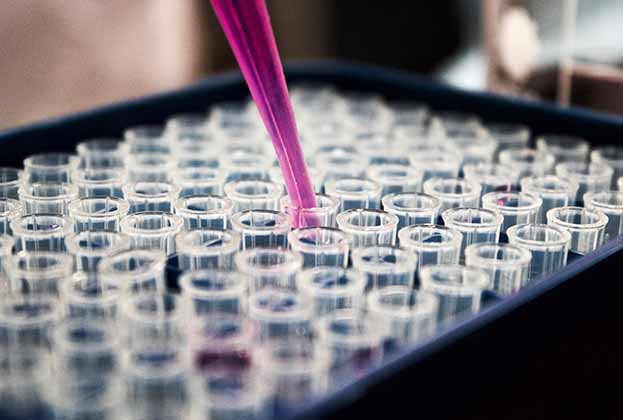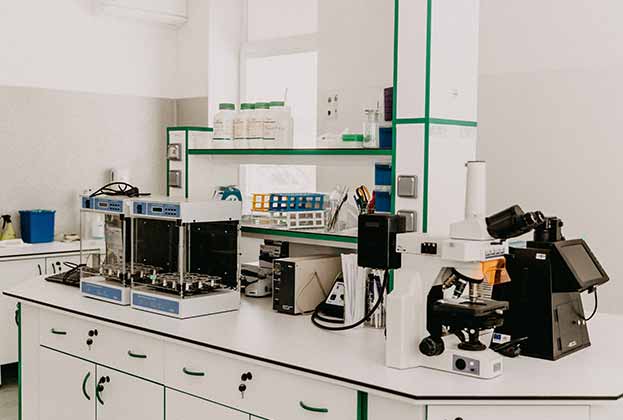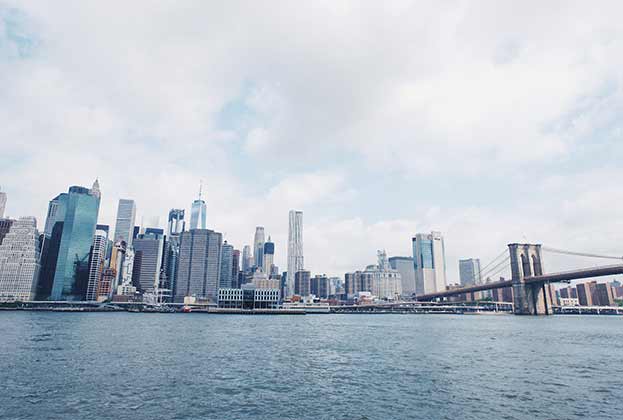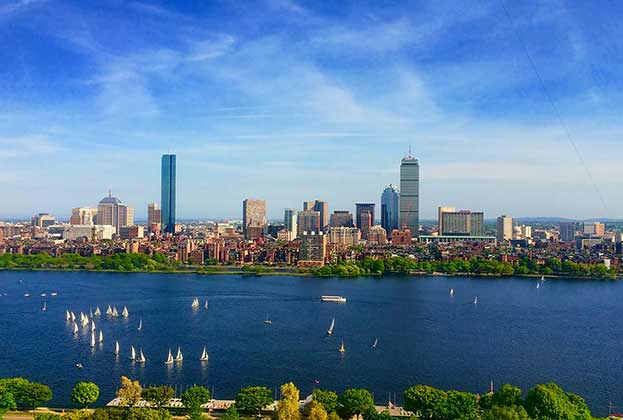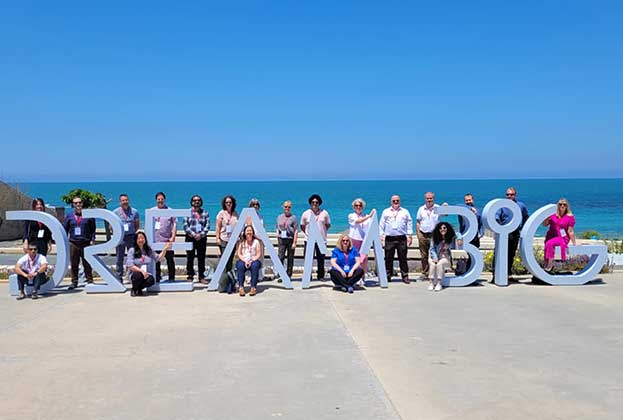Start-ups, must deal with a lot of uncertainty and a commercial flexible laboratory solution solves problems
2022 was a significant year for the provision of the incubator and grow-on flexible fitted lab spaces that the smallest early-stage companies so heavily rely on to start to progress their R&D.
In London, we saw ARC Group launch its new Motherlabs concept for serviced laboratories, which it plans to roll out across its portfolio. Imperial College & Blenheim Chalcot delivered space at Scale Space in White City. Both facilities offer labs from around 500–1,200 sq ft, attracting strong levels of interest and leasing up quickly. Kadans‘ new innovation centre at 20 Water Street of 38,000 sq ft is due to be finished in June, and British Land is on site delivering larger fitted grow-on labs from 4,000 sq ft at Regent‘s Place, Euston and Paper Yards, Canada Water.
We are seeing many other landlords, not just in the golden triangle but across the UK, keen to deliver this type of space but grappling with the challenges around build cost viability and operational support.
Overall, it is great to see more commercial landlords starting to provide this essential space and develop their own expertise and platforms for doing so.
For an example of where the flex laboratory is being delivered in mainland Europe, the article on this page presents Superlab Suisse and showcases its thinking, current operations, and rationale for a flexible solution.
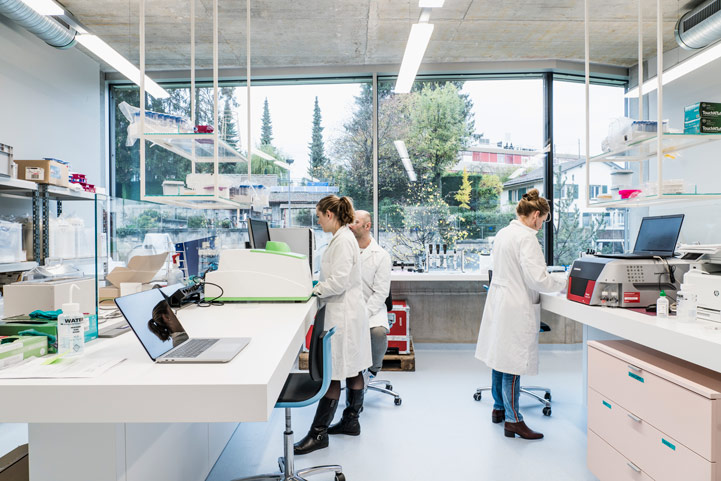
Source: Superlab Suisse
The role of flex
Real estate belongs to a very conservative industry which had not changed much in decades. Active innovation in real estate was limited, but this is different now.
A key driver is the sector’s contribution to global carbon emission through construction and use. Around 40% of CO₂ emissions come from the built environment. A sharing economy in real estate will minimise the impact on the natural environment, immediately and enormously – avoiding new construction and reconstruction.
The commercial laboratory Superlab Suisse is born under this context and becomes part of the action. My architecture and construction company has been engaged in the design and construction of many pharmaceutical company headquarters and various laboratories for 15 years. One day I was thinking, ‘why are the pharma giants contracting us, and where are the small- and middle-size companies?‘. I did some research and found that it turns out that with computer science, scientists are not more dependent on a big team. Any super talented PhD student can access a grant to prove whether their idea is feasible in a short period of time, then they establish their own ‘spin-off’ or ‘start-up’. On a macro level, the past few years, per annum, has seen around US$60 billion of investment in early-stage life science companies, some of which must need labs.
Laboratory real estate is a new asset class for a growing industry: when it comes to life science, you realise there is so much to be discovered – they all need lab real estate to conduct science
Xi Zhang, Chairman/CEO, Superlab Suisse
So far, Superlab Suisse has three locations in Lausanne, Basel and Zurich, and it turns out that even medium and large companies and research institutions and universities, joined us as customers.
Flexibility in real estate has been a key trend in the past 20 years. But offering this flexibility of occupation in a traditional laboratory is very difficult. That is why we also reinvented the components, developed a new modular laboratory standard, and redefined operational flow of the commercial laboratory, to turn this complex into a viable business. This is so that scientists can focus on their science and do not need to spend time on construction or operation. Life science companies, particularly start-ups, must deal with a lot of uncertainty and, therefore, a commercial flexible laboratory solution solves problems, including the ability to upscale appropriately at the relevant time and not having to take space for anticipated future need rather than what is required immediately – this avoids wasted construction and/or fit-out and is, therefore, more sustainable, both environmentally and financially.
Laboratory real estate is a new asset class for a growing industry: when it comes to life science, you realise there is so much to be discovered – they all need lab real estate to conduct science. The science community is not only an ecosystem for science companies, but also a place to exchange ideas and share visions, where more collaboration and business are born. You can say, once this ecosystem is formed, it is stable, sustainable and irreplaceable; it is a living and breathing cluster, generating jobs, economic growth, as well as discoveries for benefits to all.
Read the articles within Spotlight: Life Sciences – Trends & Outlook below.
.jpg)
